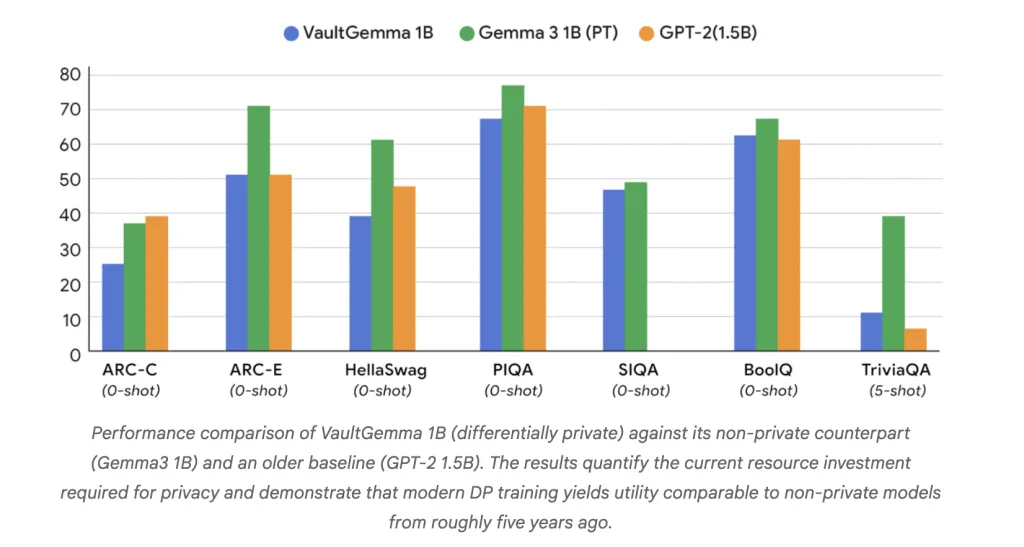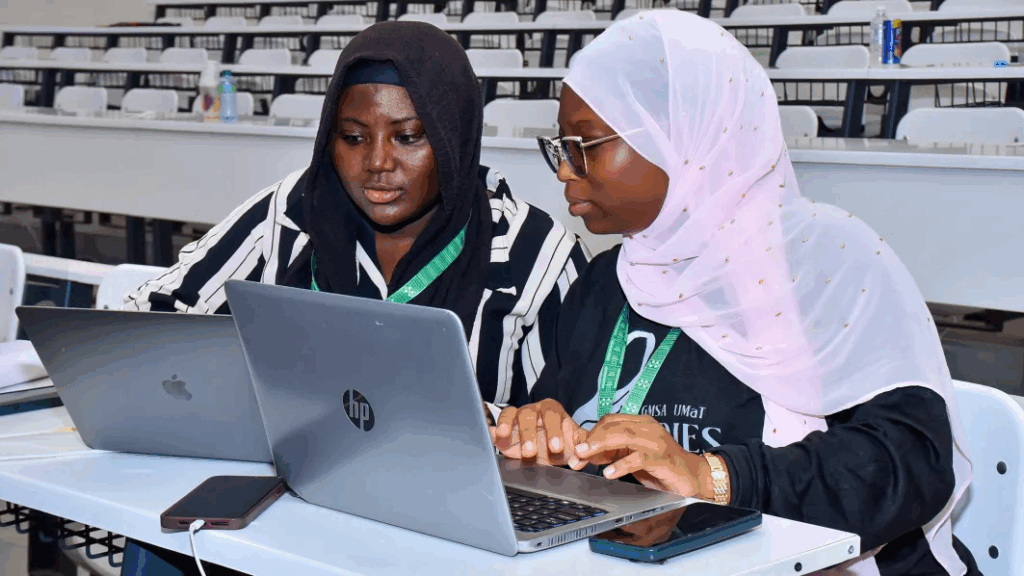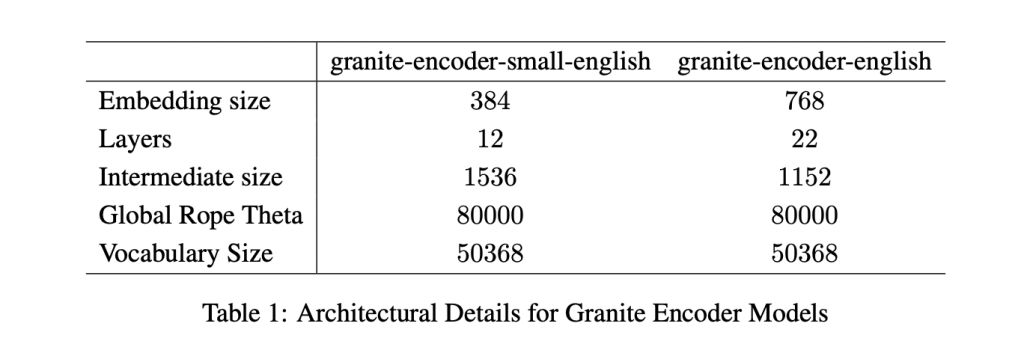In this tutorial, we build an Advanced OCR AI Agent in Google Colab using EasyOCR, OpenCV, and Pillow, running fully offline with GPU acceleration. The agent includes a preprocessing pipeline with contrast enhancement (CLAHE), denoising, sharpening, and adaptive thresholding to improve recognition accuracy. Beyond basic OCR, we filter results by confidence, generate text statistics, and perform pattern detection (emails, URLs, dates, phone numbers) along with simple language hints. The design also supports batch processing, visualization with bounding boxes, and structured exports for flexible usage. Check out the FULL CODES here. Copy CodeCopiedUse a different Browser !pip install easyocr opencv-python pillow matplotlib import easyocr import cv2 import numpy as np from PIL import Image, ImageEnhance, ImageFilter import matplotlib.pyplot as plt import os import json from typing import List, Dict, Tuple, Optional import re from google.colab import files import io We start by installing the required libraries, EasyOCR, OpenCV, Pillow, and Matplotlib, to set up our environment. We then import all necessary modules so we can handle image preprocessing, OCR, visualization, and file operations seamlessly. Check out the FULL CODES here. Copy CodeCopiedUse a different Browser class AdvancedOCRAgent: “”” Advanced OCR AI Agent with preprocessing, multi-language support, and intelligent text extraction capabilities. “”” def __init__(self, languages: List[str] = [‘en’], gpu: bool = True): “””Initialize OCR agent with specified languages.””” print(” Initializing Advanced OCR Agent…”) self.languages = languages self.reader = easyocr.Reader(languages, gpu=gpu) self.confidence_threshold = 0.5 print(f” OCR Agent ready! Languages: {languages}”) def upload_image(self) -> Optional[str]: “””Upload image file through Colab interface.””” print(” Upload your image file:”) uploaded = files.upload() if uploaded: filename = list(uploaded.keys())[0] print(f” Uploaded: {filename}”) return filename return None def preprocess_image(self, image: np.ndarray, enhance: bool = True) -> np.ndarray: “””Advanced image preprocessing for better OCR accuracy.””” if len(image.shape) == 3: gray = cv2.cvtColor(image, cv2.COLOR_BGR2GRAY) else: gray = image.copy() if enhance: clahe = cv2.createCLAHE(clipLimit=2.0, tileGridSize=(8,8)) gray = clahe.apply(gray) gray = cv2.fastNlMeansDenoising(gray) kernel = np.array([[-1,-1,-1], [-1,9,-1], [-1,-1,-1]]) gray = cv2.filter2D(gray, -1, kernel) binary = cv2.adaptiveThreshold( gray, 255, cv2.ADAPTIVE_THRESH_GAUSSIAN_C, cv2.THRESH_BINARY, 11, 2 ) return binary def extract_text(self, image_path: str, preprocess: bool = True) -> Dict: “””Extract text from image with advanced processing.””” print(f” Processing image: {image_path}”) image = cv2.imread(image_path) if image is None: raise ValueError(f”Could not load image: {image_path}”) if preprocess: processed_image = self.preprocess_image(image) else: processed_image = image results = self.reader.readtext(processed_image) extracted_data = { ‘raw_results’: results, ‘filtered_results’: [], ‘full_text’: ”, ‘confidence_stats’: {}, ‘word_count’: 0, ‘line_count’: 0 } high_confidence_text = [] confidences = [] for (bbox, text, confidence) in results: if confidence >= self.confidence_threshold: extracted_data[‘filtered_results’].append({ ‘text’: text, ‘confidence’: confidence, ‘bbox’: bbox }) high_confidence_text.append(text) confidences.append(confidence) extracted_data[‘full_text’] = ‘ ‘.join(high_confidence_text) extracted_data[‘word_count’] = len(extracted_data[‘full_text’].split()) extracted_data[‘line_count’] = len(high_confidence_text) if confidences: extracted_data[‘confidence_stats’] = { ‘mean’: np.mean(confidences), ‘min’: np.min(confidences), ‘max’: np.max(confidences), ‘std’: np.std(confidences) } return extracted_data def visualize_results(self, image_path: str, results: Dict, show_bbox: bool = True): “””Visualize OCR results with bounding boxes.””” image = cv2.imread(image_path) image_rgb = cv2.cvtColor(image, cv2.COLOR_BGR2RGB) plt.figure(figsize=(15, 10)) if show_bbox: plt.subplot(2, 2, 1) img_with_boxes = image_rgb.copy() for item in results[‘filtered_results’]: bbox = np.array(item[‘bbox’]).astype(int) cv2.polylines(img_with_boxes, [bbox], True, (255, 0, 0), 2) x, y = bbox[0] cv2.putText(img_with_boxes, f”{item[‘confidence’]:.2f}”, (x, y-10), cv2.FONT_HERSHEY_SIMPLEX, 0.5, (255, 0, 0), 1) plt.imshow(img_with_boxes) plt.title(“OCR Results with Bounding Boxes”) plt.axis(‘off’) plt.subplot(2, 2, 2) processed = self.preprocess_image(image) plt.imshow(processed, cmap=’gray’) plt.title(“Preprocessed Image”) plt.axis(‘off’) plt.subplot(2, 2, 3) confidences = [item[‘confidence’] for item in results[‘filtered_results’]] if confidences: plt.hist(confidences, bins=20, alpha=0.7, color=’blue’) plt.xlabel(‘Confidence Score’) plt.ylabel(‘Frequency’) plt.title(‘Confidence Score Distribution’) plt.axvline(self.confidence_threshold, color=’red’, linestyle=’–‘, label=f’Threshold: {self.confidence_threshold}’) plt.legend() plt.subplot(2, 2, 4) stats = results[‘confidence_stats’] if stats: labels = [‘Mean’, ‘Min’, ‘Max’] values = [stats[‘mean’], stats[‘min’], stats[‘max’]] plt.bar(labels, values, color=[‘green’, ‘red’, ‘blue’]) plt.ylabel(‘Confidence Score’) plt.title(‘Confidence Statistics’) plt.ylim(0, 1) plt.tight_layout() plt.show() def smart_text_analysis(self, text: str) -> Dict: “””Perform intelligent analysis of extracted text.””” analysis = { ‘language_detection’: ‘unknown’, ‘text_type’: ‘unknown’, ‘key_info’: {}, ‘patterns’: [] } email_pattern = r’b[A-Za-z0-9._%+-]+@[A-Za-z0-9.-]+.[A-Z|a-z]{2,}b’ phone_pattern = r'(+d{1,3}[-.s]?)?(?d{3})?[-.s]?d{3}[-.s]?d{4}’ url_pattern = r’http[s]?://(?:[a-zA-Z]|[0-9]|[$-_@.&+]|[!*\(\),]|(?:%[0-9a-fA-F][0-9a-fA-F]))+’ date_pattern = r’bd{1,2}[/-]d{1,2}[/-]d{2,4}b’ patterns = { ’emails’: re.findall(email_pattern, text, re.IGNORECASE), ‘phones’: re.findall(phone_pattern, text), ‘urls’: re.findall(url_pattern, text, re.IGNORECASE), ‘dates’: re.findall(date_pattern, text) } analysis[‘patterns’] = {k: v for k, v in patterns.items() if v} if any(patterns.values()): if patterns.get(’emails’) or patterns.get(‘phones’): analysis[‘text_type’] = ‘contact_info’ elif patterns.get(‘urls’): analysis[‘text_type’] = ‘web_content’ elif patterns.get(‘dates’): analysis[‘text_type’] = ‘document_with_dates’ if re.search(r'[а-яё]’, text.lower()): analysis[‘language_detection’] = ‘russian’ elif re.search(r'[àáâãäåæçèéêëìíîïñòóôõöøùúûüý]’, text.lower()): analysis[‘language_detection’] = ‘romance_language’ elif re.search(r'[一-龯]’, text): analysis[‘language_detection’] = ‘chinese’ elif re.search(r'[ひらがなカタカナ]’, text): analysis[‘language_detection’] = ‘japanese’ elif re.search(r'[a-zA-Z]’, text): analysis[‘language_detection’] = ‘latin_based’ return analysis def process_batch(self, image_folder: str) -> List[Dict]: “””Process multiple images in batch.””” results = [] supported_formats = (‘.png’, ‘.jpg’, ‘.jpeg’, ‘.bmp’, ‘.tiff’) for filename in os.listdir(image_folder): if filename.lower().endswith(supported_formats): image_path = os.path.join(image_folder, filename) try: result = self.extract_text(image_path) result[‘filename’] = filename results.append(result) print(f” Processed: {filename}”) except Exception as e: print(f” Error processing {filename}: {str(e)}”) return results def export_results(self, results: Dict, format: str = ‘json’) -> str: “””Export results in specified format.””” if format.lower() == ‘json’: output = json.dumps(results, indent=2, ensure_ascii=False) filename = ‘ocr_results.json’ elif format.lower() == ‘txt’: output = results[‘full_text’] filename = ‘extracted_text.txt’ else: raise ValueError(“Supported formats: ‘json’, ‘txt'”) with open(filename, ‘w’, encoding=’utf-8′) as f: f.write(output) print(f” Results exported to: {filename}”) return filename We define an AdvancedOCRAgent that we initialize with multilingual EasyOCR and a GPU, and we set a confidence threshold to control output quality. We preprocess images (CLAHE, denoise, sharpen, adaptive threshold), extract text, visualize bounding boxes and confidence, run smart pattern/language analysis, support batch folders, and export results as JSON or TXT. Check out the FULL CODES here. Copy CodeCopiedUse a different Browser def demo_ocr_agent(): “””Demonstrate the OCR agent capabilities.””” print(” Advanced OCR AI Agent Demo”) print(“=” * 50) ocr = AdvancedOCRAgent(languages=[‘en’], gpu=True) image_path = ocr.upload_image() if image_path: try: results = ocr.extract_text(image_path, preprocess=True) print(“n OCR Results:”) print(f”Words detected: {results[‘word_count’]}”) print(f”Lines detected: {results[‘line_count’]}”) print(f”Average confidence: {results[‘confidence_stats’].get(‘mean’, 0):.2f}”) print(“n Extracted Text:”) print(“-” * 30) print(results[‘full_text’]) print(“-” * 30) analysis = ocr.smart_text_analysis(results[‘full_text’]) print(f”n Smart Analysis:”) print(f”Detected text type: {analysis[‘text_type’]}”) print(f”Language hints: {analysis[‘language_detection’]}”) if analysis[‘patterns’]: print(f”Found patterns: {list(analysis[‘patterns’].keys())}”) ocr.visualize_results(image_path, results) ocr.export_results(results, ‘json’) except Exception as e: print(f” Error: {str(e)}”) else: print(“No image uploaded. Please try again.”) if __name__ == “__main__”: demo_ocr_agent() We create a demo function that walks us through the full OCR workflow: we initialize the agent with English and GPU support, upload an image, preprocess it, and extract text with confidence stats. We then display




